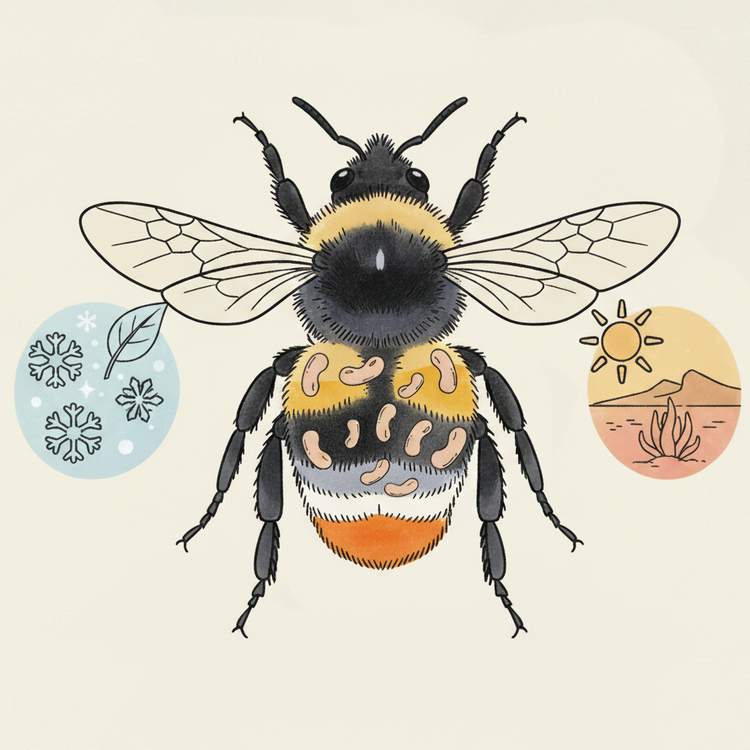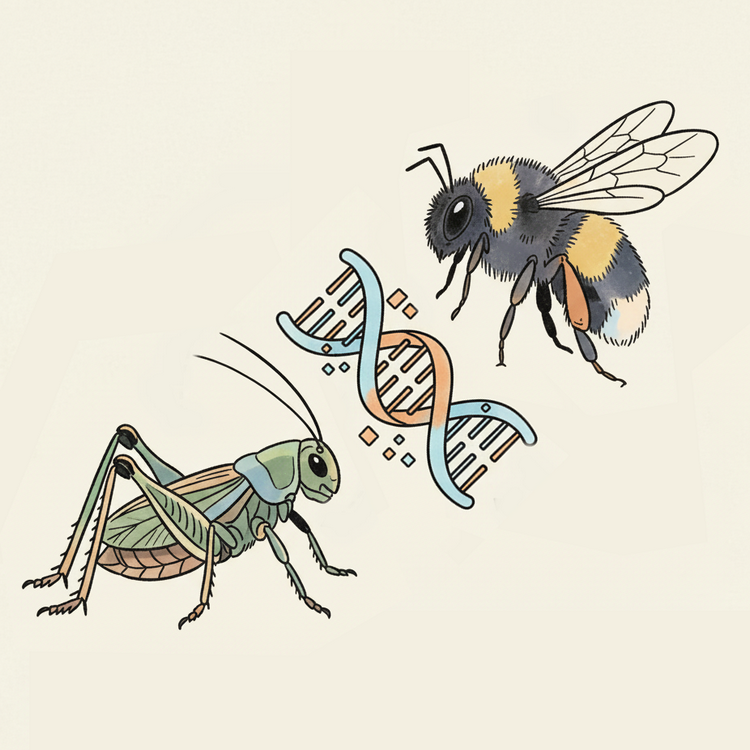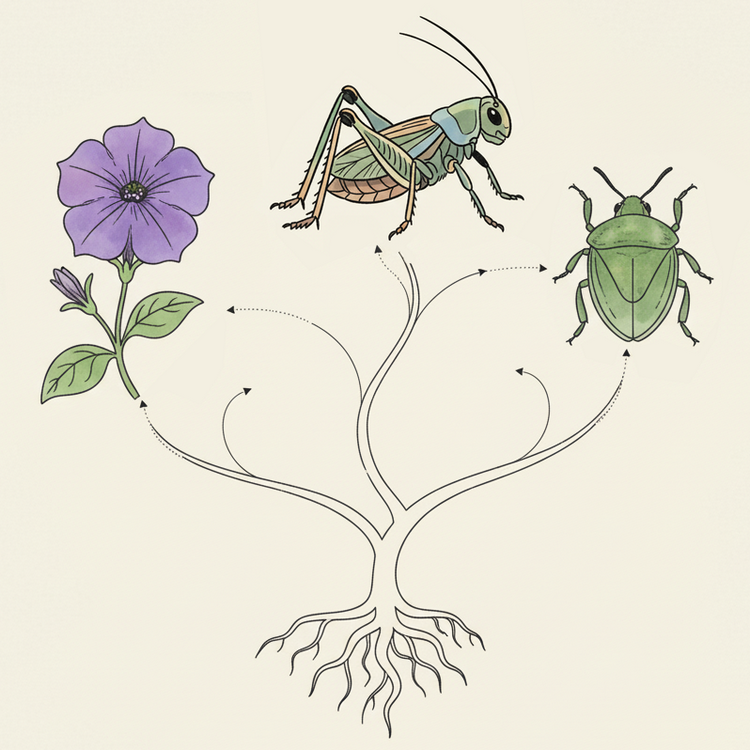Research
Mitonuclear ecology and climatic niche adaptation
 Cellular respiration relies on a coordinated interaction between mitochondrial and nuclear genes, yet the evolutionary dynamics of these interactions remain poorly understood. I am interested in understanding how mitonuclear interactions shape evolutionary adaptation and might have implications for predicting how species respond to environmental change. During my PhD I have used bumblebees (Bombus) as a study system to understand the dynamics of mitonuclear evolution among closely related species and also the influence of environmental factors in mitonuclear evolution.
Cellular respiration relies on a coordinated interaction between mitochondrial and nuclear genes, yet the evolutionary dynamics of these interactions remain poorly understood. I am interested in understanding how mitonuclear interactions shape evolutionary adaptation and might have implications for predicting how species respond to environmental change. During my PhD I have used bumblebees (Bombus) as a study system to understand the dynamics of mitonuclear evolution among closely related species and also the influence of environmental factors in mitonuclear evolution.
Evolutionary genomics of adaptation in insects
 I use genomic approaches to investigate how insects adapt to their environments under ecological and demographic pressures. My focus is on linking genomic variation to life history strategies and adaptive traits. My past work has explored relaxed purifying selection in the mitochondrial genomes of parasitic bumblebees and connected genotypic data to dispersal/reproduction trade-offs in crickets.
I use genomic approaches to investigate how insects adapt to their environments under ecological and demographic pressures. My focus is on linking genomic variation to life history strategies and adaptive traits. My past work has explored relaxed purifying selection in the mitochondrial genomes of parasitic bumblebees and connected genotypic data to dispersal/reproduction trade-offs in crickets.
Phylogenetics and systematics
 Phylogenies are essential for testing evolutionary hypotheses, yet they are often complicated by conflict and taxonomic uncertainty. I address these challenges in both animals and plants by combining genome-wide data with morphology and niche modelling. I am also interested in the opportunities and limitations of DNA barcoding for specimen identification and species delimitation, particularly in taxa where these approaches are underexplored.
Phylogenies are essential for testing evolutionary hypotheses, yet they are often complicated by conflict and taxonomic uncertainty. I address these challenges in both animals and plants by combining genome-wide data with morphology and niche modelling. I am also interested in the opportunities and limitations of DNA barcoding for specimen identification and species delimitation, particularly in taxa where these approaches are underexplored.
